A comprehensive resource pack helping students explore the concept of figurative language.
Being able to interpret figurative language is an important comprehension strategy for students to understand.
A comprehensive resource pack helping students explore the concept of figurative language.
Being able to interpret figurative language is an important comprehension strategy for students to understand.
Discuss the nature and effects of some language devices used to enhance meaning and shape the readerâs reaction, including rhythm and onomatopoeia in poetry and proseElaborationsidentifying the effect of imagery in texts, for example the use of ...
Understand, interpret and experiment with a range of devices and deliberate word play in poetry and other literary texts, for example nonsense words, spoonerisms, neologisms and punsElaborationsdefining spoonerisms, neologisms and puns and exploring ...
Understand, interpret and experiment with sound devices and imagery, including simile, metaphor and personification, in narratives, shape poetry, songs, anthems and odesElaborationsdiscussing how figurative language including simile and metaphor can ...
Experiment with text structures and language features and their effects in creating literary texts, for example, using imagery, sentence variation, metaphor and word choiceElaborationsselecting and using sensory language to convey a vivid picture of ...
Discuss the effects of some literary devices used to enhance meaning and shape the reader’s reaction, including rhythm and onomatopoeia in poetry and prose
Examine the use of literary devices and deliberate word play in literary texts, including poetry, to shape meaning
Examine the effects of imagery, including simile, metaphor and personification, and sound devices in narratives, poetry and songs
Identify and discuss some literary devices, including rhythm and onomatopoeia in poetry and prose, and discuss the ways that they shape the reader's reaction
Explore the use of literary devices and deliberate wordplay, including grammar, in prose and poetry, and the ways that they shape meaning
Compare the effects of imagery, including simile, metaphor and personification, and sound devices in prose and poetry
Builds knowledge and use of Tier 1, Tier 2 and Tier 3 vocabulary through interacting, wide reading and writing, and by defining and analysing words
Identifies and describes how ideas are represented in literature and strategically uses similar representations when creating texts
Extends Tier 2 and Tier 3 vocabulary through interacting, wide reading and writing, morphological analysis and generating precise definitions for specific contexts
Analyses representations of ideas in literature through narrative, character, imagery, symbol and connotation, and adapts these representations when creating texts

We create premium quality, downloadable teaching resources for primary/elementary school teachers that make classrooms buzz!
Would you like something changed or customised on this resource? While our team makes every effort to complete change suggestions, we can't guarantee that every change will be completed.
Did you spot an error on this resource? Please let us know and we will fix it shortly.
Are you having trouble downloading or viewing this resource? Please try the following steps:
If you are still having difficulty, please visit the Teach Starter Help Desk or contact us .
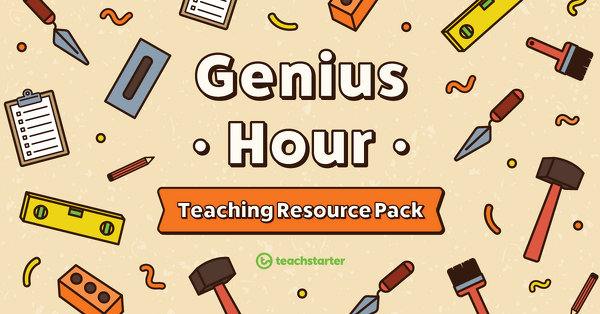
Download the full collection of teaching resources to support facilitation of Teach Starter's six-step 'Genius Hour' inquiry-based learning process.

A comprehensive pack of 33 readers' theatre scripts, catering to a range of age groups and ability levels.
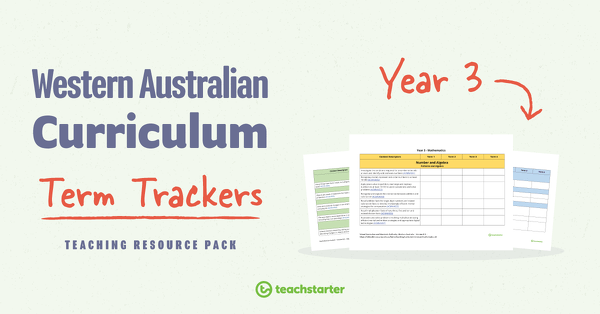
A collection of term trackers aligned with the WA Curriculum.
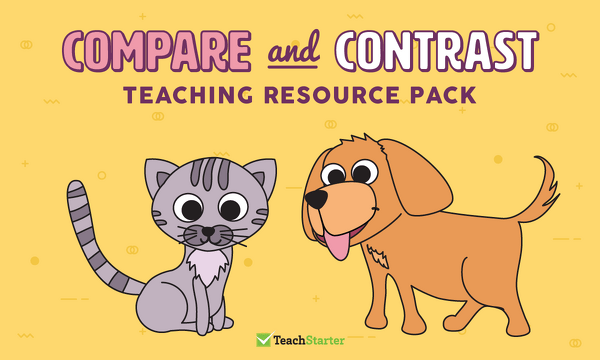
An extensive resource pack helping students compare and contrast information.
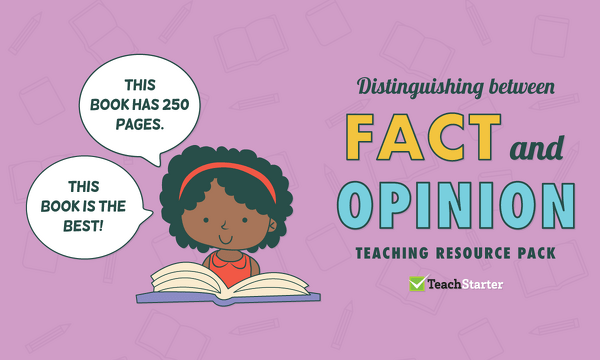
A comprehensive resource pack to help students learn to distinguish between fact and opinion.
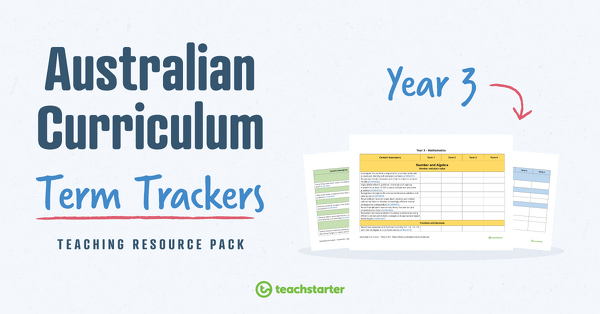
A collection of term trackers aligned with the Australian Curriculum.
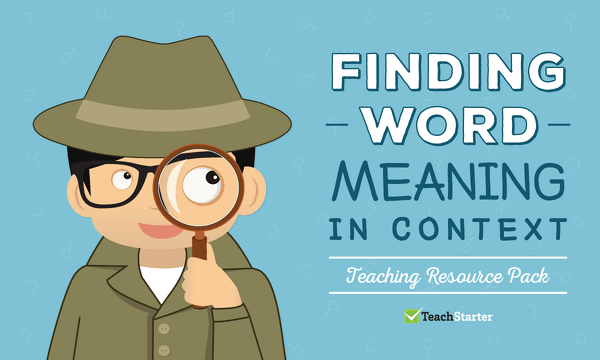
A comprehensive resource pack to help students understand how to work out the meaning of words in context.
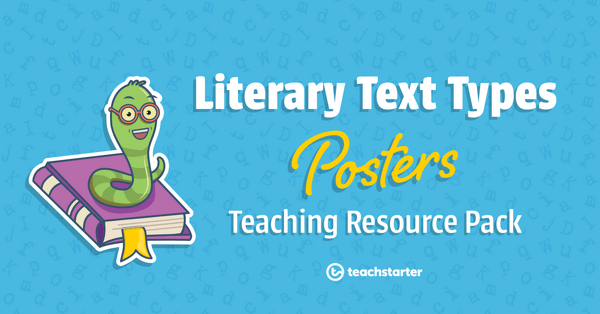
A set of posters about the literary text types, including annotated examples for each.
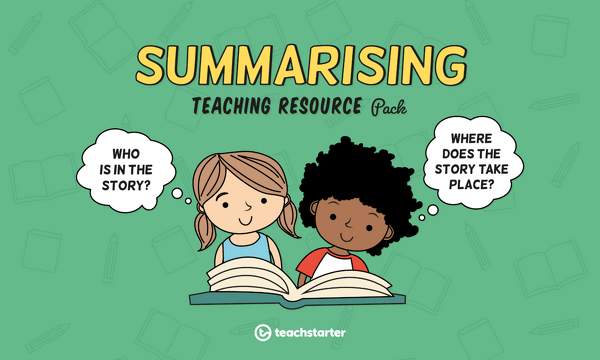
An extensive resource pack to help students understand the concept of summarising.

A comprehensive pack of progress trackers to use when assessing students' reading fluency.
0 Comments
Write a review to help other teachers and parents like yourself. If you'd like to request a change to this resource, or report an error, select the corresponding tab above.